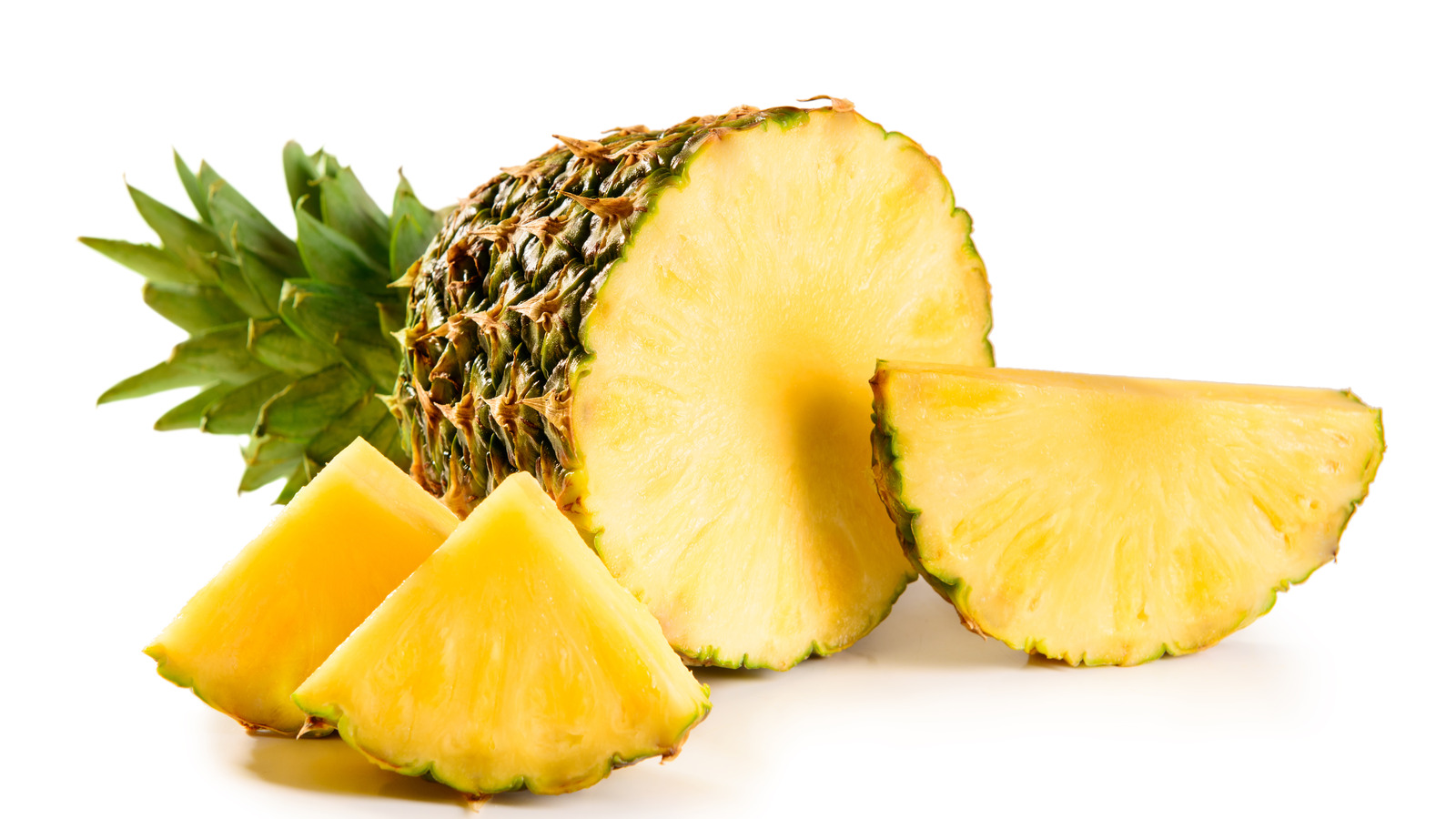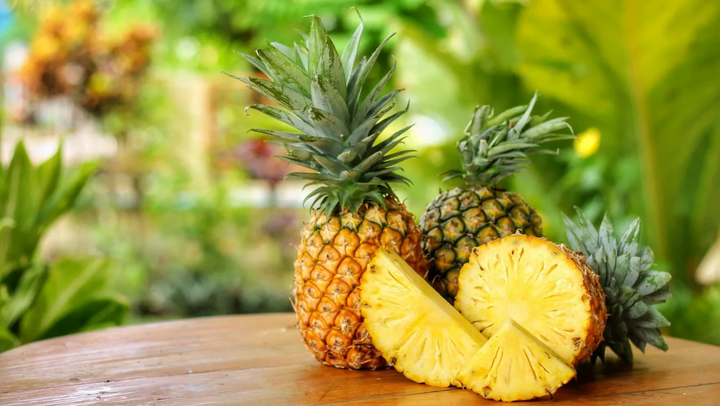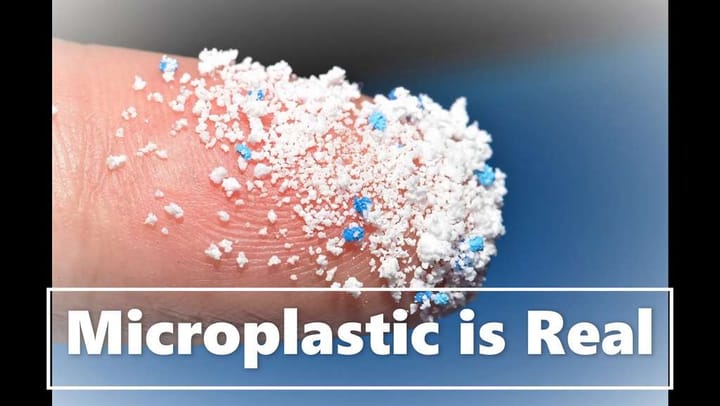The Ripening Process - How Bananas Transform from Green to Yellow

The Science Behind Banana Ripening
Banana ripening is a complex process that involves a series of biochemical reactions, triggered by the emission of ethylene gas, a natural plant hormone. This process is responsible for transforming bananas from their green, starchy state to their yellow, sweet, and creamy state.
Role of Ethylene Gas
Ethylene gas is produced naturally by bananas as they age. It acts as a signaling molecule, triggering a cascade of biochemical reactions that ultimately lead to ripening. As bananas produce more ethylene gas, the ripening process accelerates.
Conversion of Starch to Sugar
One of the primary effects of ethylene gas is the conversion of starch into sugar. This process makes bananas sweeter and softer, changing their texture and taste. As more ethylene builds up in a banana, the starches are broken down into simple sugars, resulting in a riper fruit.
Color Change
The production of ethylene gas also triggers a change in the banana's skin color. Chlorophyll, the green pigment, breaks down, revealing the yellow pigment, carotenoid. This is why bananas turn from green to yellow as they ripen.
Ripening Process
As bananas continue to ripen, the ethylene gas builds up, leading to a series of physical and biochemical changes. These changes include:
- Softening of the fruit
- Sweetening of the taste
- Change in skin color from green to yellow
- Production of more ethylene gas, creating a ripening cycle
Understanding the science behind banana ripening can help you appreciate the intricate processes that occur in this seemingly simple fruit.
Methods to Ripen Bananas
Ripening bananas is an art that requires patience and the right techniques. Here are two effective methods to transform green bananas into yellow, ripe ones:
Method 1: Warm Spot Ripening
Place bananas in a warm spot, such as a sunny window or near a heating vent, to ripen in 24 hours to 5 days. This method allows for a natural ripening process, and the bananas will be ready to eat in a few days.
Method 2: Oven Ripening
Place raw bananas on a lined baking sheet in the oven at 300°F (150°C) for 15-30 minutes to ripen quickly. This method is ideal for those who need ripe bananas immediately. Keep an eye on them to avoid over-ripening.
Factors Affecting Ripening
The ripening process of bananas is influenced by several factors that can either accelerate or slow down the transformation from green to yellow. Understanding these factors can help you enjoy your bananas at the perfect stage of ripeness.
Banana Bunching
Bananas ripen faster when they're together, so it's best to leave them in a bunch. This is because bananas, like many fruits, produce ethylene gas as they ripen. When they're together, the ethylene produced by each banana promotes ripening in the others.
Temperature Control
Storing bananas in a warm spot will help them ripen quickly, while cooler temperatures will slow down the ripening process. If you want to speed up ripening, place bananas near a sunny window or on the kitchen counter. For slower ripening, store them in the refrigerator.
Ethylene Production
As bananas ripen, they produce more ethylene gas, which has a ripening effect on nearby bananas. This is why bananas that are already ripe will help ripen greener bananas. You can also use this to your advantage by storing bananas with other fruits that produce ethylene, like apples or avocados, to accelerate ripening.
Ripening Bananas for Consumption
The Art of Ripening Bananas
Ripening bananas is a delicate process that requires patience and the right techniques. Whether you're looking to enjoy a perfectly ripe banana as is or use them in your favorite recipes, understanding how to ripen bananas is essential.
Methods for Ripening Bananas
There are two primary ways to ripen bananas: naturally at room temperature or using speed-ripening techniques.
Natural Ripening:
- Leave bananas at room temperature, away from direct sunlight.
- Store them in a paper bag or cover them with a cloth to trap ethylene gas, which helps ripen the fruit.
Speed-Ripening Techniques:
- Paper Bag Method: Place bananas in a paper bag with an apple or avocado to speed up the ripening process.
- Oven Method: Preheat your oven to 300°F (150°C), place bananas on a baking sheet, and heat them for 15-20 minutes.
- Microwave Method: Heat bananas for 10-15 seconds at a time, checking on them until they're ripe.
Using Ripe Bananas in Recipes
Ripe bananas are a versatile ingredient and can be used in a variety of delicious recipes.
- Banana Bread: A classic recipe that's perfect for using up ripe bananas.
- Banana Muffins: Moist and flavorful, banana muffins make a great breakfast or snack.
Conclusion
The ripening process of bananas is a fascinating and complex phenomenon that transforms the fruit from a hard, green, and starchy state to a soft, yellow, and sweet one. As we have explored in this article, this process is triggered by the production of ethylene gas and involves a series of biochemical reactions that break down the cell walls and starches, leading to the characteristic changes in color, texture, and flavor.
Accelerating the Ripening Process
Banana ripening is a natural process that can be accelerated with simple techniques. By storing bananas in a paper bag or covering them with a cloth, you can trap the ethylene gas and speed up the ripening process. You can also place them near other ripe fruits, as they will emit more ethylene gas and help ripen the bananas faster. Additionally, bananas can be ripened by exposing them to heat, such as placing them in a warm water bath or near a heat source.
Enjoying Bananas at Their Best
Understanding the ripening process helps you enjoy bananas at their best. By recognizing the stages of ripeness, you can choose bananas that are perfect for eating, cooking, or baking. You can also use techniques to slow down or speed up the ripening process, depending on your needs. Whether you prefer your bananas firm and green or soft and yellow, knowing how they ripen allows you to appreciate the fruit's unique characteristics and versatility.












Comments ()